“Great art allows you to put yourself into it”: An interview with Last and First Men cinematographer Sturla Brandth Grøvlen
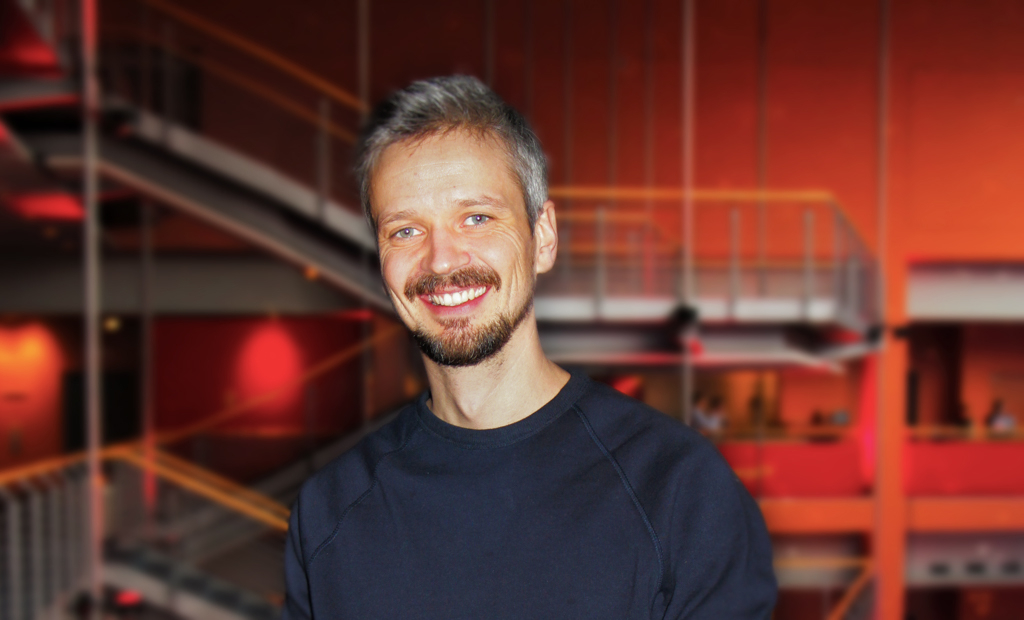
After winning the Silver Bear for Outstanding Artistic Contribution for his camerawork in Sebastian Schipper’s Victoria at the 2015 festival, Norwegian cinematographer Sturla Brandth Grøvlen is back at the Berlinale this year with two films. Shirley, for which director Josephine Decker has already won the Auteur Filmmaking jury award at Sundance, is shown in the festival’s new Encounters programme. The Berlinale Specials section held the world premiere of Last and First Men, which tragically became Academy Award-nominated composer Jóhann Jóhannson’s last and first film as a director. We sat down with Grøvlen in Berlin to discuss his collaboration with Jóhannson, the symbolism of Last and First Men, and the way viewers bring their cultural background to watching films.
At what stage was the project two years ago, when Jóhann Jóhannsson passed away?
It took some time after his passing to start thinking about this film again. He left behind a big backlog of unreleased music. But this film was his passion project for the last ten years of his life. So it became clear to people that this was something that had to be released into the world. We had discussions on whether we should release it in the state it was in, a sort of half-finished project, or if we should try to create something new with it.
Through these conversations we realised that we had a very clear vision and a very clear direction. It was more a matter of forming and shaping the last parts of it, making it sharper. My role became that of a creative producer, overseeing the editing, the sound design, the mix and the music. Everybody who collaborated on this had been involved in the project from before. We kept it in the family. We had three or four weeks of editing. The music was probably the element that was the least finished- not because there was music missing but because nothing was recorded. We had ideas, we had mark-ups and temps, the whole flow of it was there. It was a matter of re-creating that, using the same elements.
In 2017 Jóhannson presented a multimedia performance of Last and First Men at Manchester International Festival. Did this help as a basis for the edit?
The image, the music score for the Manchester Festival and Tilda’s narration had already been worked on quite a bit, by Jóhann putting things together, but also by Mark [Bukdahl], who was the one to finish editing the film. The Manchester performance was an idea that had the elements of the film Jóhann wanted to make but didn’t necessarily connect to the exact film he had in mind. When he passed away, he had already done another edit, which was much closer to the film that you saw.
How was the process of shooting the film? You went to former Yugoslavian countries without having a specific script?
The approach was based on explorations that Jóhann did on his own with an 8mm camera, walking around these sights and filming, a couple of years before we actually shot it. He put music onto it and had someone record a narration from the book. So there was a clear thought before we went out to shoot it. Based on that, we wanted to create a more abstract experience and pull it into a science fiction visual. Our approach was to try to make these war memorials feel like they were floating in space or moving, you didn’t know if you were looking up or down at them.
We shot for three weeks, driving around in a little minivan in the Balkans – me, Jóhann and three other guys. We had a little slider that we worked with and shot on 16mm film. Every morning, Jóhann and I would go around with our digital cameras and take pictures of the sculptures. Then we would compare and work our way through the day.
What were your influences for Last and First Men, thematically or aesthetically?
Jóhann talked a lot about Chris Marker. Hiroshima, mon amour was also a reference. But since Jóhann had already developed a clear idea of these three elements – the images of the sculptures, the voice-over of the book and the music – it wasn’t really necessary to look for influences from other places. I think by the time I joined the project, the foundation was already built. My job was to get into Jóhann’s mind and help him explore that vision within those limits.
The film deals with the end of humanity. The memorials themselves belong to a civilisation that no longer exists. Was this the intent behind filming them?
I think that the power of these monuments and their Brutalist, futuristic architecture creates a specific feeling. Where they are placed in nature, and how they communicate with nature, was also a contributing factor. When they were built, in their prime, they were visited frequently and kept alive. After Yugoslavia dissolved, they have been abandoned and vegetation is taking over. You get this feeling of an abandoned planet and these monuments start to look like spaceships or something otherworldly.
Especially since the film is shot in black and white.
The memorials are not colourful, but the surroundings are, so choosing black and white was to visually tie the things together.
Since the film is so abstract, would you prefer it to be perceived as pure image, sound and text or do you feel it is open to metaphorical, symbolical, political interpretations?
I think great art presents questions and makes you contemplate. It allows you to interpret and put yourself into it. Obviously if you’re from the Balkans you will perceive the film very differently from someone like me, from Norway, who doesn’t have the cultural background and historical knowledge to put all the symbolic meaning into the monuments. If you’re an Olaf Stapledon fan and have read the book, not just heard the excerpts from the last chapters, you will also have another perspective of the film.
What I find interesting is that the book from 1930, when you see it in context with these images and music, points to the environmental debate we are having today. It talks about unity and brotherhood and you just had Brexit and you have nationalistic movements growing stronger everywhere. I think you can read all these things into it and you will get an experience from that. But you can also just lean back and have a sort of meditative experience and get drawn into the music.
Personally, every time I see it I understand something different about it. Because the text, what Tilda is talking about, can be interpreted in different ways, depending on where you are in your life and how the world is. We didn’t have the whole environmental thing on our radar when we shot the film in 2014 – since then it has become relevant.
After your huge success with Victoria, you are back at the Berlinale with two films this time, Last and First Men and Shirley. It’s difficult to try and compare these three projects, as they are so different in style, but one common denominator was the amount of trust placed in you by each director and your ability to translate their vision. How do you build these fruitful relationships?
Thank you. The basis is a lot of conversation. When I get a script, I can read it but I can’t put a visual onto it before I have had a conversation with the director. It is their film, that is how I see it. Then I will be there and try to help their vision, with my artistic sensitivity, try to heighten it. I like to read the script with the director and ask a million questions. I want to really understand the psychology of the characters and the ideas behind each scene. So my approach to the collaboration is to try to get inside the head of the director to be able to create that vision.
How was your collaboration with Jóhann Jóhannsson?
He was extremely clear in his vision but also open to ideas. He would always listen. He wouldn’t always agree and sometimes he would need a day to contemplate the idea before he was ready to take it in. He was a very thoughtful person and I could relate to that. I also need time to let the ideas grow, to have them fully baked. I think we were similar in that sense and that made our collaboration easier.
Thank you for your time and your insights!
Selina Sondermann
Photo: Selina Sondermann
Last and First Men does not have a UK release date yet.
Read more reviews from our Berlin Film Festival 2020 coverage here.
For further information about the event visit the Berlin Film Festival website here.
Watch a clip from Last and First Men here:

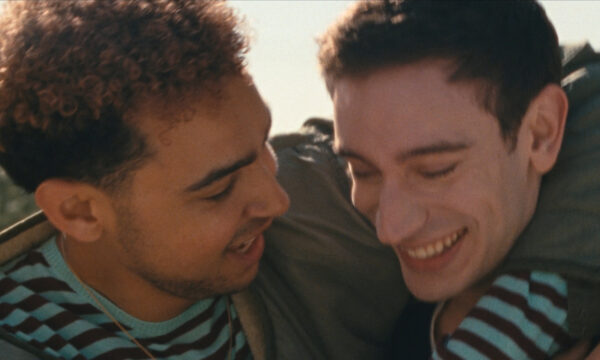
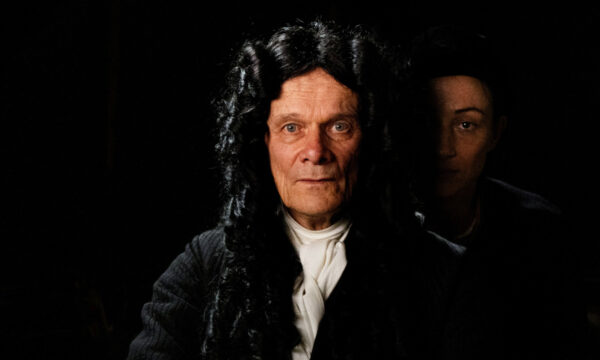
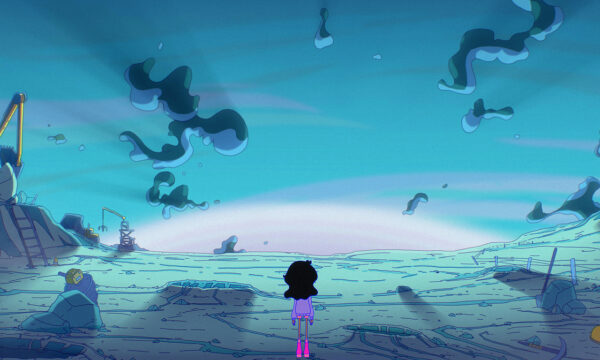
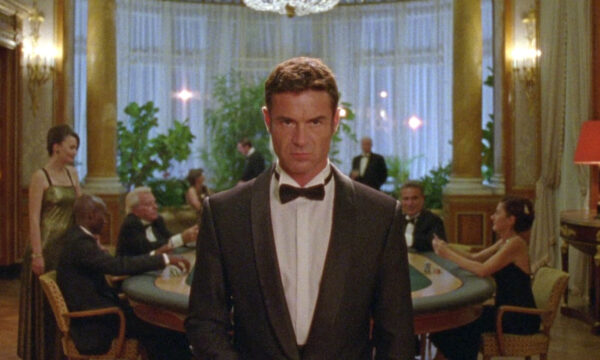
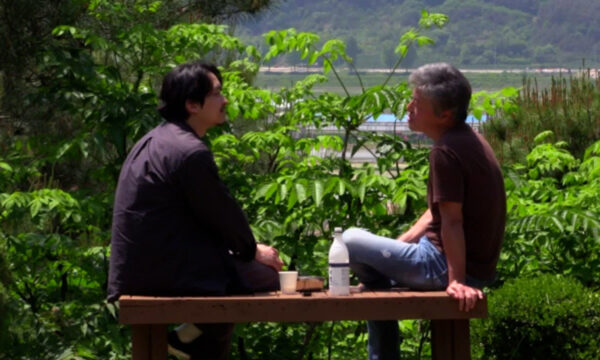
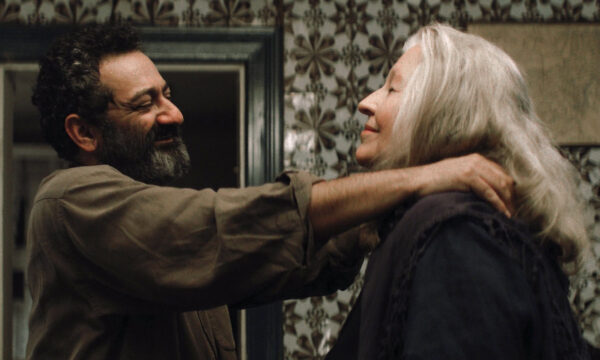
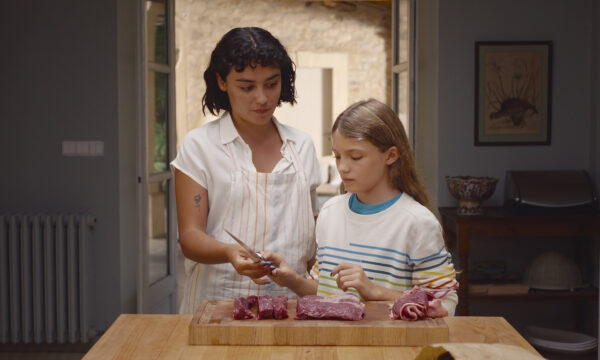
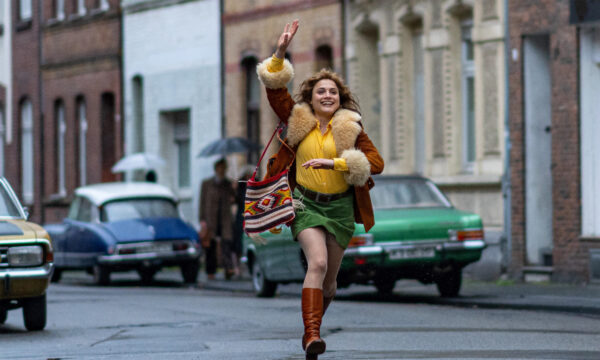
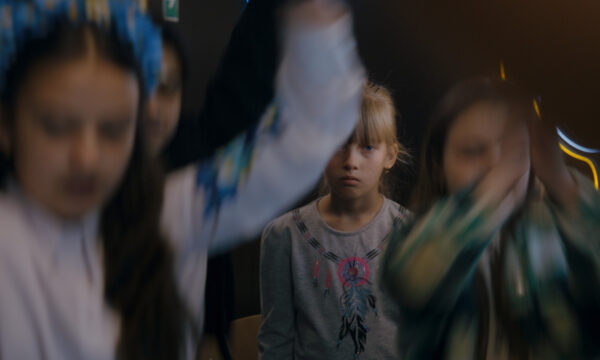








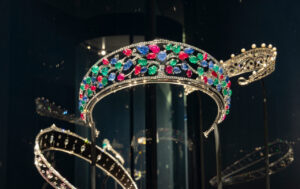
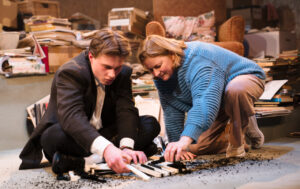





Facebook
Twitter
Instagram
YouTube
RSS